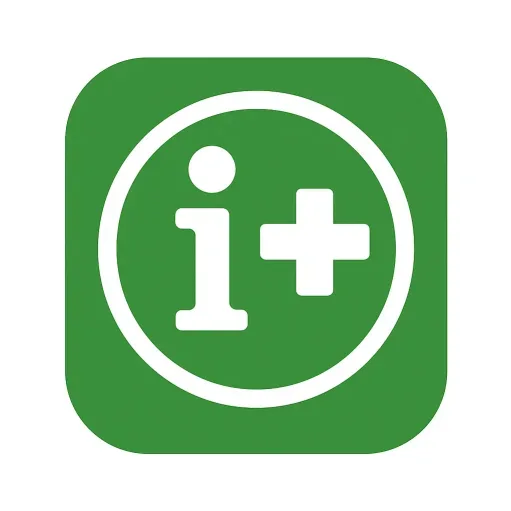
We have about four months left to the end of 2024 and I bet you have given up on the weight loss goal or year resolution you set for 2024. You are not alone. Many people give up on their weight loss journey within the first month. Even before they notice results, read on to find a quick fat-blasting weight loss plan that promises to make you see and experience the positive change in your body.
Losing weight comes with a lot of benefits. Aside from helping you prevent underlying health risks like heart attack, diabetes, and cancer, it also boosts your strength to live a quality life.
You may have lost your way on the weight loss goal and journey you set for yourself but it’s not too late to turn things around.
A lot of progress can be made if you turn things around now and by December, you should see a lot of difference.
Here is a detailed fat-blasting weight loss plan to lose weight by the end of 2024
1. Exercise: The Power of Movement
Exercise is key in any fat-loss journey. Here’s a detailed look at the types of exercises you can incorporate into your routine to burn fat effectively:
A. High-Intensity Interval Training (HIIT)

HIIT workouts alternate between intense bursts of activity and short rest periods. These short, intense sessions can elevate your heart rate, improve cardiovascular health, and burn more fat in less time. HIIT can include exercises like:
- Sprints: Short bursts of running or cycling at maximum effort.
- Burpees: Combining push-ups, squats, and jumps for a full-body workout.
- Jumping jacks and mountain climbers: Great for burning calories quickly.
HIIT sessions should last between 20 to 30 minutes, 3–4 times a week. Rest on non-HIIT days to allow your body to recover.
B. Strength Training
Building muscle is crucial for fat loss because muscle burns more calories at rest than fat. The more muscle mass you have, the higher your metabolism. Focus on compound exercises that engage multiple muscle groups:
- Squats: Targets your legs, glutes, and core.
- Deadlifts: Strengthens your back, glutes, and legs.
- Push-ups and pull-ups: Work your chest, back, shoulders, and arms.
- Lunges: A killer for your legs and glutes.
Read Also: The major role sleep plays in weight loss.
Perform strength training 2–3 times a week, focusing on progressively increasing weight or resistance to challenge your muscles.
C. Low-Impact Cardio
On your “off” days or when you need a break from intense workouts, low-impact cardio can help keep the fat-burning going. Opt for activities like:
- Brisk walking or light jogging
- Cycling
- Swimming
These exercises can be done for 30–45 minutes, 4–5 times a week, to help you stay active without over-stressing your body.
2. Diet: Fuel Your Body Right

Your diet will play the most crucial role in fat loss. The best approach is to focus on a balanced, whole-foods-based diet with controlled portions. Here’s a breakdown of what your daily meal plan should look like:
A. Protein-Rich Foods
Protein helps in muscle recovery and keeps you full for longer, reducing cravings. Aim to include:
- Lean meats: Chicken breast, turkey, and lean beef.
- Fish: Salmon, tuna, and other fatty fish rich in omega-3s.
- Plant-based proteins: Lentils, chickpeas, tofu, and quinoa.
- Eggs: A great source of high-quality protein and healthy fats.
B. Healthy Fats
Contrary to popular belief, fats can be your friend—when they’re the right kinds. Healthy fats can promote fat loss by keeping you full and stabilizing blood sugar levels. Include:
- Avocados
- Nuts and seeds: Almonds, chia seeds, flaxseeds.
- Olive oil and coconut oil
- Fatty fish: Salmon, sardines, and mackerel.
C. Fiber-Rich Carbs
Carbohydrates should be consumed in moderation, and it’s important to focus on high-fiber, nutrient-dense options. These help with digestion and keep you satiated. Opt for:
- Vegetables: Leafy greens (spinach, kale), broccoli, cauliflower.
- Whole grains: Brown rice, quinoa, oats.
- Fruits: Berries, apples, and pears are low in sugar but high in fiber.
D. Foods to Avoid
Certain foods can sabotage your weight loss efforts. Here’s what to give up:
- Sugary snacks and drinks: Soda, candy, baked goods, and processed sweets.
- Refined carbs: White bread, pastries, and pasta.
- Trans fats: Found in fried and processed foods like fast food, margarine, and packaged snacks.
- Alcohol: Alcohol can add unnecessary calories and disrupt metabolism.
Read Also: Five (5) “healthy” foods with surprisingly high sugar levels.
3. Intermittent Fasting: A Strategic Tool
Intermittent fasting (IF) has become a popular weight-loss strategy for good reason—it can help reduce calorie intake and improve fat burning. There are several methods, but two of the most effective for fat loss include:
A. 16/8 Method
This method involves fasting for 16 hours and eating during an 8-hour window. For example, you might eat from 12 PM to 8 PM and fast until the next day. This approach allows your body to enter a fat-burning state without the need for extreme calorie cutting.
B. 5:2 Diet
In this variation, you eat normally for five days and reduce your calorie intake to about 500–600 calories for two non-consecutive days of the week. This helps you maintain a calorie deficit while giving your body recovery days.
When incorporating intermittent fasting, be mindful of what you eat during your feeding windows. Focus on nutrient-dense meals that align with your weight loss goals.
4. Consistency and Patience: Keys to Success
While this fat-blasting weight loss plan is designed to help you achieve your goals by the end of 2024, results will depend on consistency. Commit to the process, track your progress, and be patient. Consider these tips for staying on track:
- Meal prep: Prepare your meals in advance to avoid impulsive eating.
- Stay hydrated: Drink plenty of water throughout the day to support digestion and metabolism.
- Get enough sleep: Aim for 7–8 hours of quality sleep per night to aid recovery and fat loss.
- Track your progress: Keep a journal or use apps to monitor your weight, workouts, and meals.



